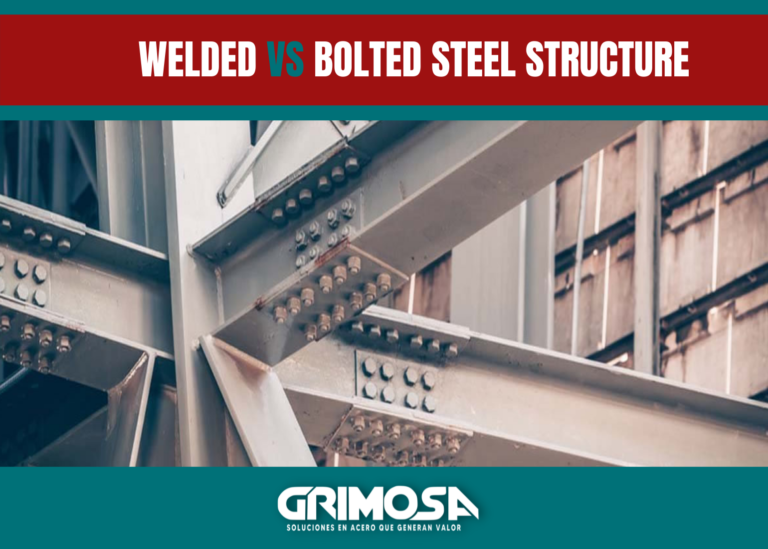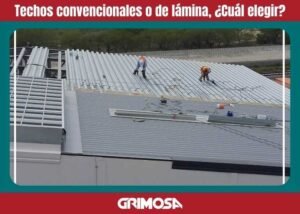Welded vs bolted steel structure
- Alehli Navarro
- enero 18, 2021
- 6:00 pm

Welded vs bolted steel structure, which is the best option?
One of the most important decisions we make when we construct a building based on a steel structure is to define whether the process will be carried out by means of welding or bolts, it is important to point out that this is a decision that will directly impact us on the assembly of the structure.
First, it should be noted that the bolts are used only for the connections and unions of the elements, for example the assembly of a column with a beam or a beam with a reinforcement, so we will not avoid the use of welding in the process manufacturing of the elements.
The main advantage of the bolted structure involves shorter assembly times, this helps projects to advance quickly and reduce costs, mainly labor and social security. However, this advantage comes with the risk that the elements come out of date or that due to a bad foundation the elements do not match each other and we have to see the need to modify the elements on site which, depending on the project, can be a titanic task that would obviously raise costs on site as we will have to have repair crews and additional equipment to correct failures (all without having it included in our budget)
Due to the above and depending on the engineers in charge, a solution with a welded steel structure is usually chosen, since it gives us greater flexibility in costs to correct variations when making the assemblies.
From the experience we have had in GRIMOSA we believe that depending on whether the structure is light or heavy, parameters can be established on when to use one of these systems. For lightweight structural elements or projects it is best to opt for the solder mount application, as the weld beads required for the connections are generally small and the time it may take a welder to install the connections does not impact much on the assembly process, however if the structure is heavy and the connections are of very thick, the time it will take to weld the connections is considerably longer, and it may take twice as many personnel and equipment to finish the assembly of the structure and if we add modifications, in case the elements do not match each other, we can have very long assembly times.
In the case of the heavy structure, it is better to make the connections with bolts to avoid long waiting times in the welding application, however, it must be taken into account that this implies two things: greater coordination with civil works that will be carrying out the foundation and Dice placement as well as constant communication with the steel workshop to share updates of the plans and modifications that may be required (always bearing in mind that the plans are in order and that any error by civil works must be reported and corrected immediately).
We must also consider that having personnel on site and in the workshop is key during the civil works, as well as having a surveying team constantly reviewing the alignment of dies and anchors to ensure that the structure does not fail, the latter could seem an additional cost, but it’s actually much cheaper than having people on site doing repairs,
In general, mounting with a bolted metal structure requires much more preparation and involvement of all parties involved in the work, personally I prefer it for that, when a construction team understands that everything must be perfect to receive the structure, teamwork becomes a lot simpler and the modifications or repairs that must be made are easier to accept.
Finally, it is important to consider that the metal structure assemblies are as successful as the preparation and planning of the engineers and that none of the systems is error-proof, I hope that with this blog I have given you a good idea of what we should consider when selecting one of these systems. It is also important to consider that there are other advantages in each of the systems that I will be mentioning next week along with a summary of good practices for project planning.



